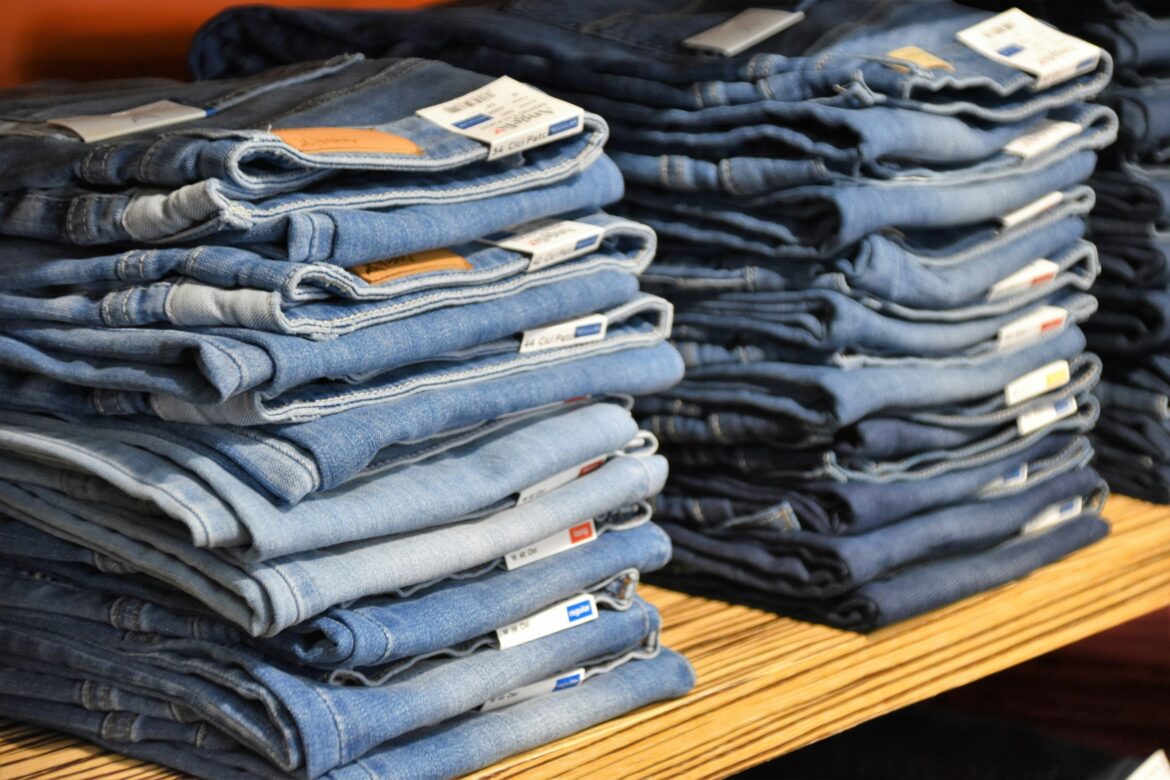A new report from Planet Tracker has found that when it comes to disclosing water-related risks, fashion is falling behind.
The think-tank looked into how 29 major apparel brands perceive water-related risks and found that despite consuming large amounts of water and significantly contributing to its pollution, it is being widely overlooked.
The non-profit is calling on major apparel brand investors to include water in their investment strategies, push brands to utilise standardised frameworks and work with the textile supply chain to address water use and pollution.
Unsustainable water consumption & irresponsible water pollution
In recent years, the scale of fashion’s impact on water has come to the fore. As the second most water-intensive industry in the world, fashion uses an almost unfathomable amount of water throughout the production process.
Cotton, for example, is one of the most widely used textile fibres in the world, and its water footprint is huge.
It accounts for 69 per cent of the textile industry’s water footprint, with just one kilogram of cotton requiring as much as 10,000-20,000 litres of water to produce.
Moreover, while sustainable and ethical cotton production initiatives are growing, they’re still in the minority. What’s more, there’s still a huge lack of data and traceability throughout supply chains.
Of course, the impact of fashion stems far beyond its water consumption, with the industry also responsible for high levels of both chemical and microfibre pollution; in fact, some figures show that an estimated 20 per cent of global clean water pollution comes from dyeing and finishing products.
Water-related risks under-reported
But, guzzling 79 trillion litres of water every year is not sustainable, especially against the backdrop of the intensifying climate crisis, which is turning water into an increasingly scarce resource.
In fact, many of the larger apparel and textiles clusters across the world already rank high for physical water risks – with India and Pakistan most exposed – and this situation is set to worsen for all of the largest clusters by 2050.
Indeed, as think-tank Planet Tracker outlines, the textile industry, upon which these big apparel brands rely, faces challenges from multiple angles, many arising from water-related risks.
It has, therefore, never been more important for fashion companies to measure and disclose their water data and evaluate associated risks for mitigation and investment.
Yet, despite the mounting urgency to protect and conserve water supplies, Planet Tracker found that of the 29 major apparel brands it reviewed, only 15 reported to CDP on their usage of water.
Moreover, when reviewing regulatory filings, investor meeting transcripts, annual reports and sustainability reports, it was revealed that a staggering 90 per cent of the examined documents failed to mention water-related risks.
“Given the importance of water to the industry, we would expect it to be a point of concern for both corporates across the value chain and their financiers. However, our previous work has shown that the reporting by corporates of the water impacts from textile production is often limited,” said the non-profit.
And while there has been an increase in the number of mentions of water-related risks from approximately 2,000 in 2018 to more than 9,000 in 2022, the industry is failing to present a comprehensive view.
The majority of disclosures focused on water consumption (56 per cent), with toxin, abstraction, and debris the least commonly identified.
On its breakdown of brands, the report found a high degree of variability with regard to targets, and while only two brands (Burlington Stores, Nordstrom) had not set targets, the ones that did were not broad in their scope.
Going forward, the report stressed the importance of companies setting Science Based Targets for water.
Companies leading the change
While the report revealed a big gap in industry disclosure, it did highlight a few companies that “appear to be leading the way” in terms of their discussion of water risk. This included Hanesbrands, Gap, VF Corp and Kering.
Some of these corporates have also been involved in wider schemes targeted at water and circularity. Gap, for example, partnered with Arvind Ltd to launch the world’s first water innovation hub.
That said, the fashion industry, known for its massive environmental impact, and also responsible for contributing to up to 10 per cent of global carbon emissions, has been slow to act, and greenwashing is rife.
Over the years, research has even shown that fashion industry sustainability initiatives and certification schemes have not necessarily resulted in action, and, in some cases, have actually helped to facilitate greenwashing.
Indeed, the recent Planet Tracker report provides data that shows a gap between words and actions from some brands.
Further, while the report did highlight there has been a trend towards higher levels of water-related risk disclosure, it called for investors to make water risk part of their engagement with corporates.
“We are concerned by the lack of disclosures in transcripts suggesting that investors are either unaware of water as a risk, or do not consider it important. In either case, we believe this should change,” said Planet Tracker.
Further, the report notes that for those investors unaware of water as a risk, it must now become a consideration in their interactions with the companies they own.
“They should be factoring water risk into the way they evaluate their investments. This requires good data on water use and water impacts, so we also call for investors to push company management to disclose relevant information on water risk across their supply chains.”
In the Middle East, a region that is currently grappling with an ongoing and worsening water crisis, sustainable fashion that effectively manages and minimises water risk is a must, and this stems beyond just clothing.
In recent years, we’ve seen some movement towards more responsible operations and production, with initiatives like Unity for Change and the Dubai Sustainable Fashion Initiative (DSF).
However, to drive forward change further, collecting and reporting high-quality data on direct and indirect water impacts is crucial – it’s a key tool for ensuring more transparent and protected supply chains and better water management and conservation.
By Madaline Dunn, Lead Journalist, ESG Mena




